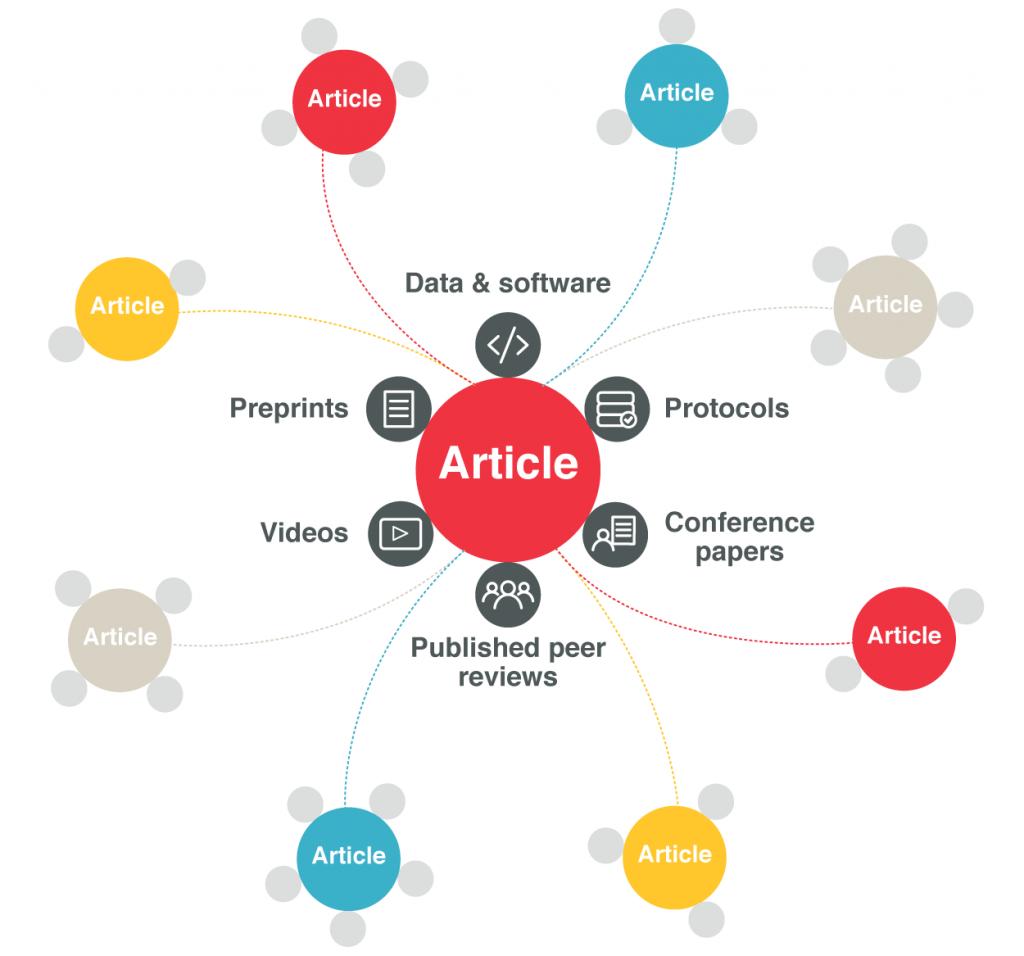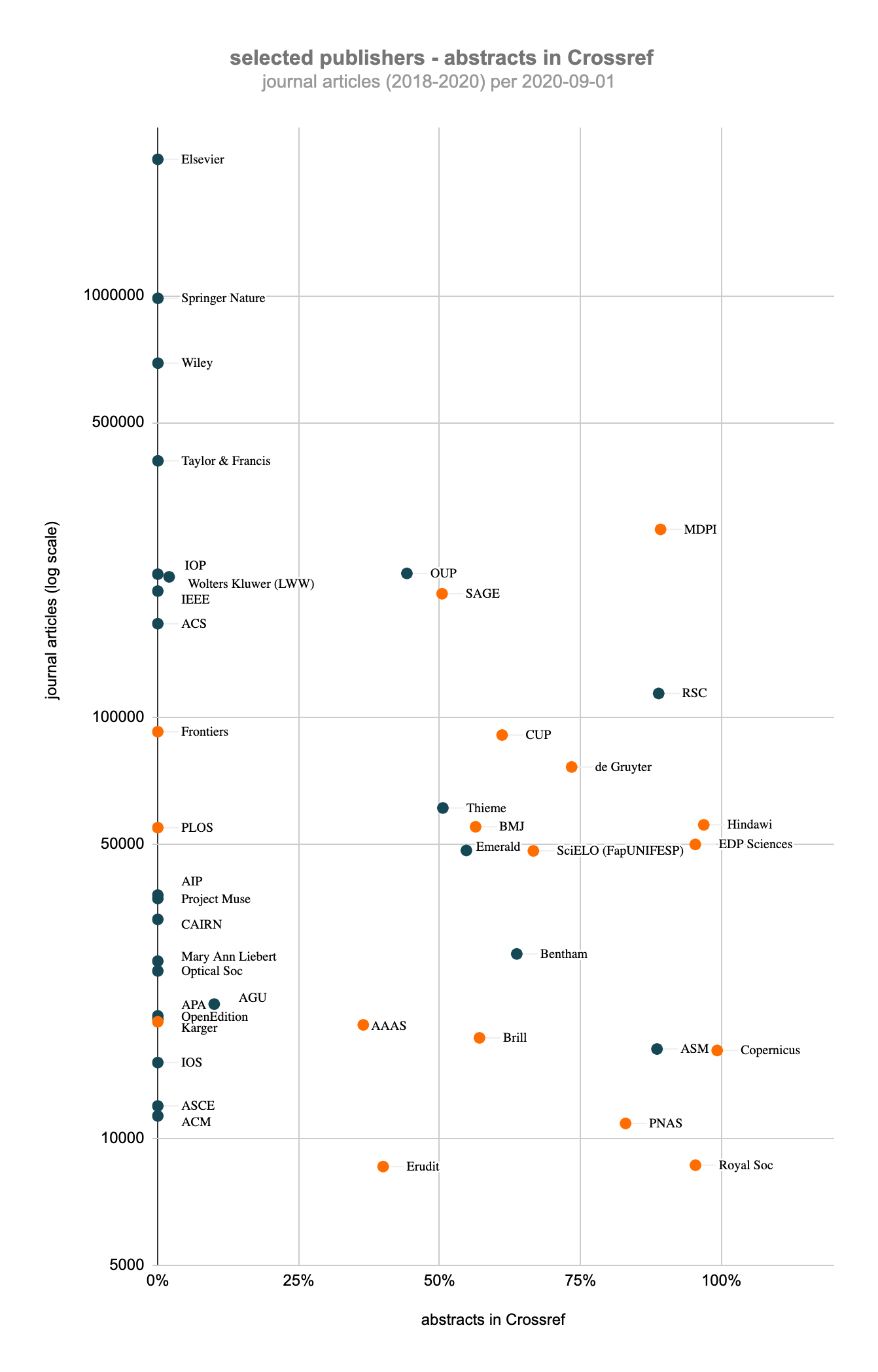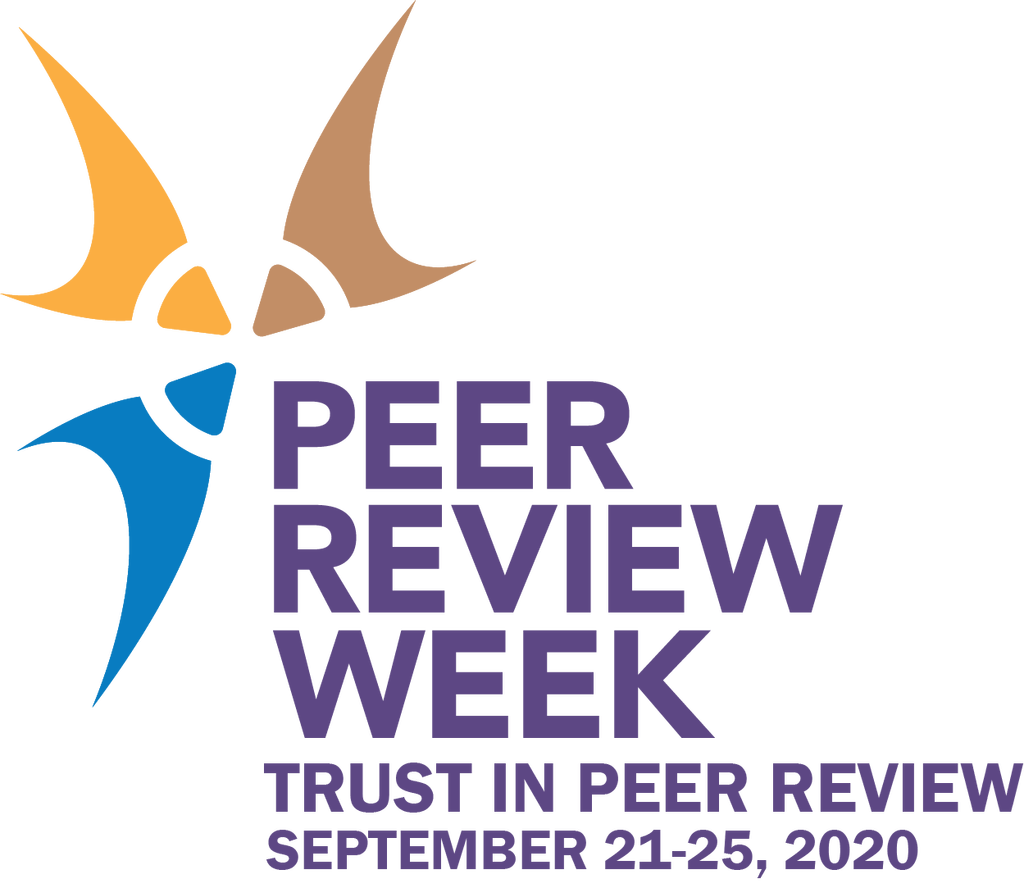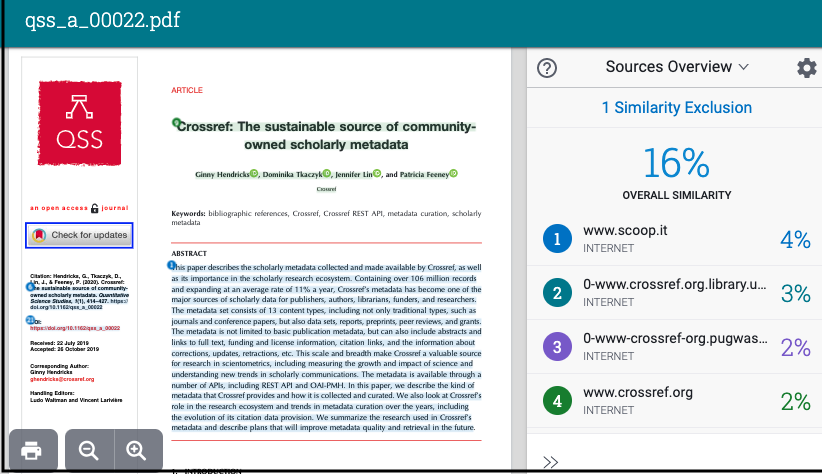
While we wish we could be together in person to celebrate the fifth PIDapalooza, there’s an upside to moving it online: now everyone can participate in the universe’s best PID party!

While we wish we could be together in person to celebrate the fifth PIDapalooza, there’s an upside to moving it online: now everyone can participate in the universe’s best PID party!

This blog was initially posted on the European Association of Science Editors (EASE) blog: “EASE Council Post: Rachael Lammey on the Research Nexus”. EASE President Duncan Nicholas accurately introduces it as a whole lot of information and insights about metadata and communication standards into one post… I was given a wide
This year, Crossref’s Nominating Committee assumed the task of developing a slate of candidates to fill six open board seats. We are grateful that in the midst of a challenging year, we received over 70 expressions of interest from all around the world, a 40% increase from last year’s response.

The Initiative for Open Abstracts (I4OA) launched this week. The initiative calls on scholarly publishers to make the abstracts of their publications openly available. More specifically, publishers that work with Crossref to register DOIs for their publications are requested to include abstracts in the metadata they deposit in Crossref.

Just when you thought 2020 couldn’t go any faster, it’s Peer Review week again! Peer Review is such an important part of the research process and highlighting the role it plays is key to retaining and reinforcing trust in the publishing process.

Frankfurt Book Fair (#FBM20) will be online this year since people are really not traveling right now. This special edition of #FBM20 will have an extensive digital program in which we will be participating.

If you manage a publishing system or workflow, you know how crucial—and how challenging!—it is to have clean, consistent, and comprehensive affiliation metadata. Author affiliations, and the ability to link them to publications and other scholarly outputs, are vital for numerous stakeholders across the research landscape.

Many researchers want to carry out analysis and extraction of information from large sets of data, such as journal articles and other scholarly content. Methods such as screen-scraping are error-prone, place too much strain on content sites and may be unrepeatable or break if site layouts change.

Crossref’s Similarity Check service is used by our members to detect text overlap with previously published work that may indicate plagiarism of scholarly or professional works.
It’s me! Back in January I wrote, The one constant in Crossref’s 20 years has been change. This continues to be true, and the latest change is that I’m happy to say that I will be staying on as Executive Director of Crossref.
Please help us welcome new faces at Crossref!